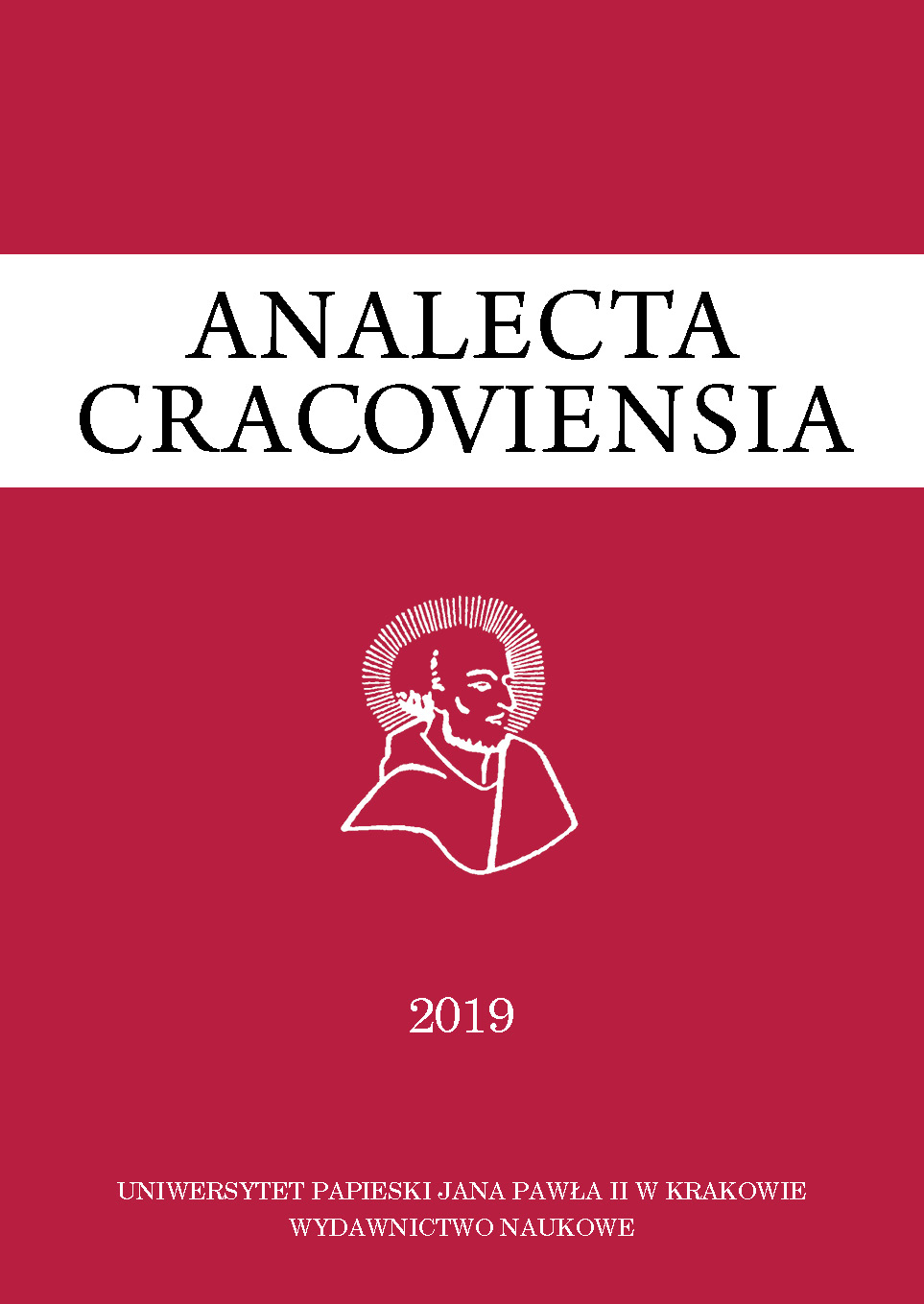Linda problem – the tame solution in question
DOI:
https://doi.org/10.15633/acr.3641Keywords:
conjunction, heuristics, interpretations, Kahneman&Tversky experiment, Linda problem, probabilityAbstract
After a brief reminder of the, so called, Linda problem and its solution by Kahneman & Tversky (KT) (the tame solution), I point out the implications of the solution adopted by the KTs. Among these implications, I emphasize the importance of the relation of probability between the sentences: ‘Linda is active in a feminist movement’ (F) and ‘Linda is a bank teller and active in a feminist movement’ (T∧F); while in KT’s paper the main emphasis was put on considering the relationship between the probability of sentences: ‘Linda is a bank teller’ (T) and ‘Linda is a bank teller and active in a feminist movement’ (T∧F). I offer a critical argument against the zero hypothesis H0 that ‘at least 85% of the respondents will choose the sentence F as more likely than the sentence (T∧F), and the opposite consequently will be selected at most by 15% of the respondents;’ being drawn from the assumptions made by Kahneman and Tversky. This hypothesis will be further partially refuted by means of results from the surveys N0.1. and N0.2. Then the reasoning supporting the result of surveys is presented and finally critical conclusions will be derived.
References
Berendsen A., Hadlich S. J., van Amersfoort J., Looking at ‘Linda’: Is the Conjunction Fallacy Really a Fallacy?, draft, https://bacon.umcs.lublin.pl/~lukasik/wp-content/uploads/2010/12/Looking-at-Linda.pdf (21.02.2019).
Chase R. H. V. M., Many Reasons or just One: How Response Mode Affects Reasoning in the Conjunction Problem, “Thinking & Reasoning” 4 (1998) no. 4, p. 319–352.
Hertwig R., Gigerenzer G., The ‘Conjunction Fallacy’ Revisited: How Intelligent Inferences Look Like Reasoning Errors, “Journal of Behavioural Decision Making” 12 (1999), p. 275–305.
Maguire P., Moser P., Maguire R., Keane M. T., Why the Conjunction Effect Is Rarely a Fallacy: How Learning Influences Uncertainty and the Conjunction Rule, “Frontiers in Psychology” 9 (2018) no. 1011, doi.org/10.3389/fpsyg.2018.01011.
Messer W. S., Griggs R. A., Another Look at Linda, “Bulletin of the Psychonomic Society” 31 (1993) no. 3, p. 193–196.
Moro R., On the Nature of the Conjunction Fallacy, “Synthese” 171 (2009), p. 1–24.
Olszewski A., A Few Comments on the Linda Problem, “Organon F” 24 (2017), p. 184–195.
Politzer G., Noveck I., Are Conjunction Rule Violations the Result of Conversational Rule Violations? “Journal of Psycholinguistic Research” 20 (1991), p. 83–103.
Tentori K., Bonini N., Osherson D., The Conjunction Fallacy: a Misunderstanding about Conjunction?, “Cognitive Science” 28 (2004), p. 467–477.
Tversky A., Kahneman D., Extensional versus Intuitive Reasoning: The Conjunction Fallacy in Probability Judgment, “Psychological Review” 90 (1983), p. 293–315.
Downloads
Published
Issue
Section
License
Authors who publish with this journal agree to the following terms:
- Authors retain the copyright and full publishing rights without restrictions, and grant the journal right of first publication with the work simultaneously licensed under a Creative Commons Attribution 4.0 International License that allows others to share the work with an acknowledgement of the work's authorship and initial publication in this journal.
- Authors are able to enter into separate, additional contractual arrangements for the non-exclusive distribution of the journal's published version of the work (e.g., post it to an institutional repository or publish it in a book), with an acknowledgement of its initial publication in this journal.
- Authors are permitted and encouraged to post their work online (e.g., in institutional repositories or on their website) prior to and during the submission process, as it can lead to productive exchanges, as well as earlier and greater citation of published work (See The Effect of Open Access).

